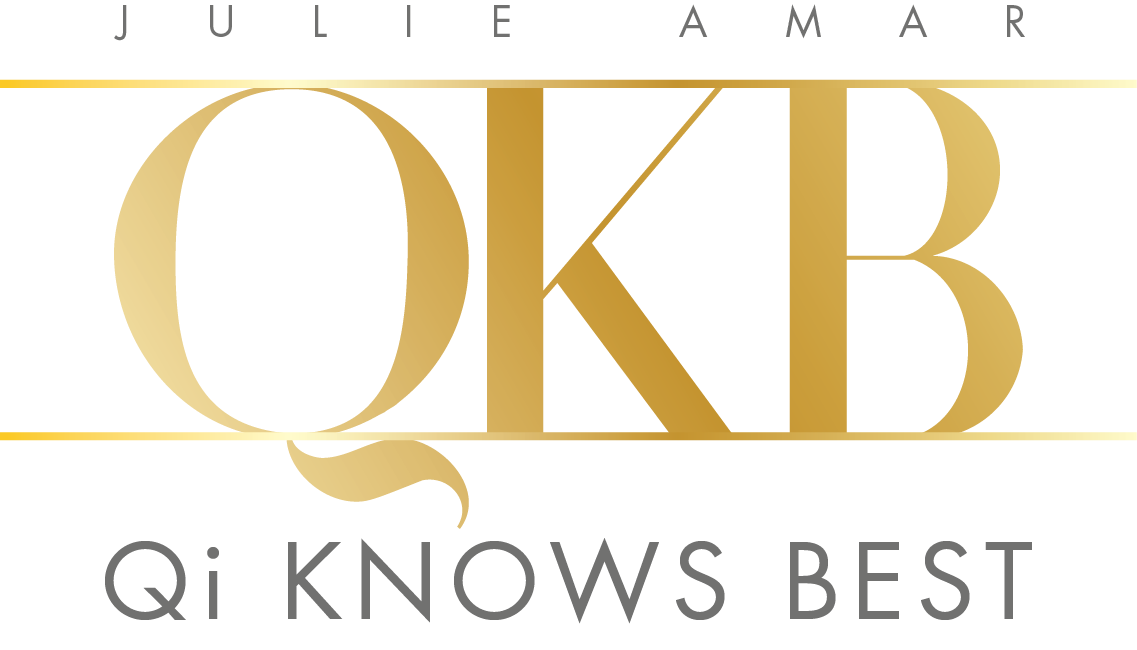Five Element Theory for Everyday Qi
The concepts in Chinese medicine can seem extremely confusing, wrapped in mystery and complexity. My goal is to simplify and translate the basic principles so you can learn to use them to enhance your Qi!
The Five Element Theory is a basic understanding of the natural world. This theory serves as a framework for Chinese medicine and the way Qi works in our daily life. It’s a holistic theory, meaning it approaches basic health preservation by understanding the correlation between health and seasonal changes in the natural environment. It’s about learning how to conform with nature. In this approach, we assert that our activities must work in harmony with the objective law of relative growth and decline, and account for the transformation of yin and yang throughout the seasons, or else disease will occur.
The Five Element Theory explains how Qi cycles through its various phases of transformation. It’s a tool that allows us to better understand the importance of adapting to our environment and its constant changes. From there, we can incorporate better ways of improving wellness.
As yin and yang continuously adjust to one another and transform into one another to maintain harmony, they tend to do this in a predictable pattern. Qi, the flow of energy, is always in a state of movement; it’s neither created nor destroyed. It closely reflects seasonal changes, as well as changes in our immediate environment.
Yang is most abundant in the summer, and least in the winter, while yin is most abundant in the winter and least in the summer. Basically, you want to practice techniques with diet and activity to help you cultivate yang Qi in the spring and summer, and yin Qi in autumn and winter.
The stages of yin-yang transformation are broken into five segments: wood, fire, earth, metal and water.
Wood reflects the sprouting that shoots up from the earth in the spring; it is related to the liver cycle, which means spring is for nourishing the liver with sour-flavoured foods.
Fire reflects the growing and maturation that takes place under the warmth of the summer sun; it is related to the heart cycle, which requires bitter-flavoured foods.
Earth is associated with the ripening of foods in late summer; it is related to the spleen, which requires gently sweet foods to offset dampness from the change of seasons.
Metal relates to the autumn harvest, storage for next year and planning a new cycle. It is related to the lung, which needs pungent and spicy foods.
Water reflects the winter season which is associated with the potential of new life and growth, and with conserving and storage of energy for the next season; it relates to the kidneys, and salty foods enhance its function.
These principles of the Five Element Theory can be used for diagnostic descriptions and for creating strategies in your daily life and routine to intervene with all forms of disharmony.
The Five Element Theory is used as a guide to determine the actual causative reasons for disease. When you feel a certain symptom, usually in the form of some kind of pain or discomfort, or something more emotional such as anxiety, the particular symptom is not the primary issue that requires treatment. In Chinese medicine, we don’t attempt to simply get rid of uncomfortable sensations. Instead, we use symptoms as tools to help us identify the actual root cause. Chinese medicine practitioners consider that every symptom is a link to a broken or disrupted Qi connection, and take the time to do the detective work that Western medicine misses.
We are not separate from nature, in fact, we are of it. Qi leads us to a simplified way of life, encouraging reconnection, observation and reflection. And, before you know it, the pattern is visible everywhere around us. This is the kind of Qi healing I’m talking about! It’s out there, and it’s ready and waiting inside you, nudging you to recognize it. When we pay attention to and work with our Qi, the rewards are longevity and optimal health.
xo
